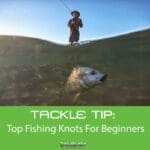Free shipping over $75 (before tax) to the lower 48
Free shipping over $75 (before tax) to the lower 48
In this article we talk to Jason Milne RAILBLAZA pro staffer & father of 3 keen young anglers, to find out what knots have been the most successful and easiest to teach someone new to fishing.
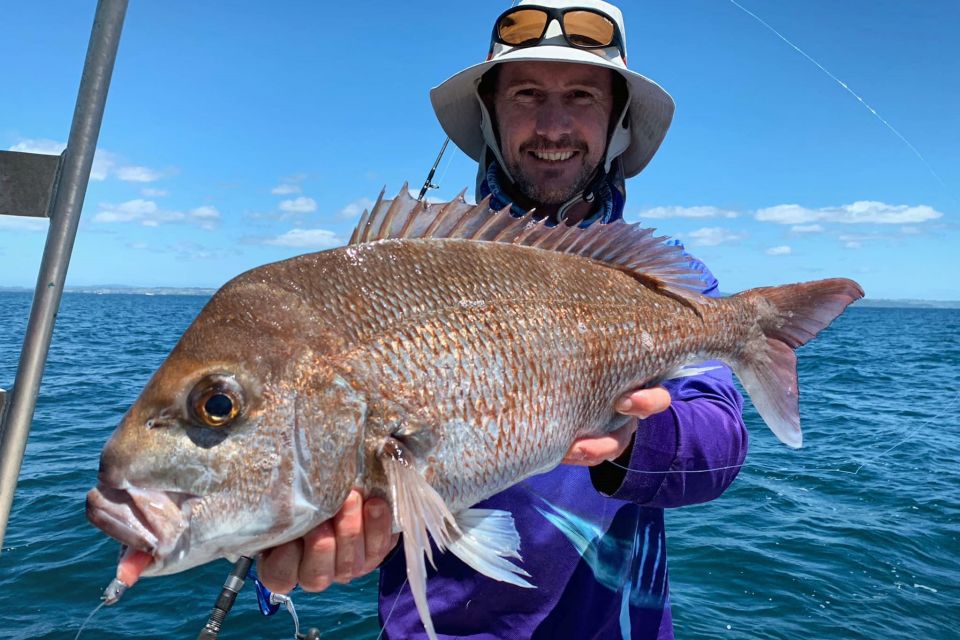
I was relatively late starter to fishing getting into it in my late 20’s where I pretty much had to learn through trial and error as to what systems worked when and where. As a family we love getting outdoors on a fishing adventure and all 3 of my kids are keen anglers, one thing I learnt very quickly is if you want to wet a line yourself then you will at the very least need to teach them to tie their own knots, Here are my go to knots for those starting out whether you’re trying to teach the kids, or learning some basics yourself, these are the knots that I use exclusively across all my fishing from fresh to salt, bait to lures.
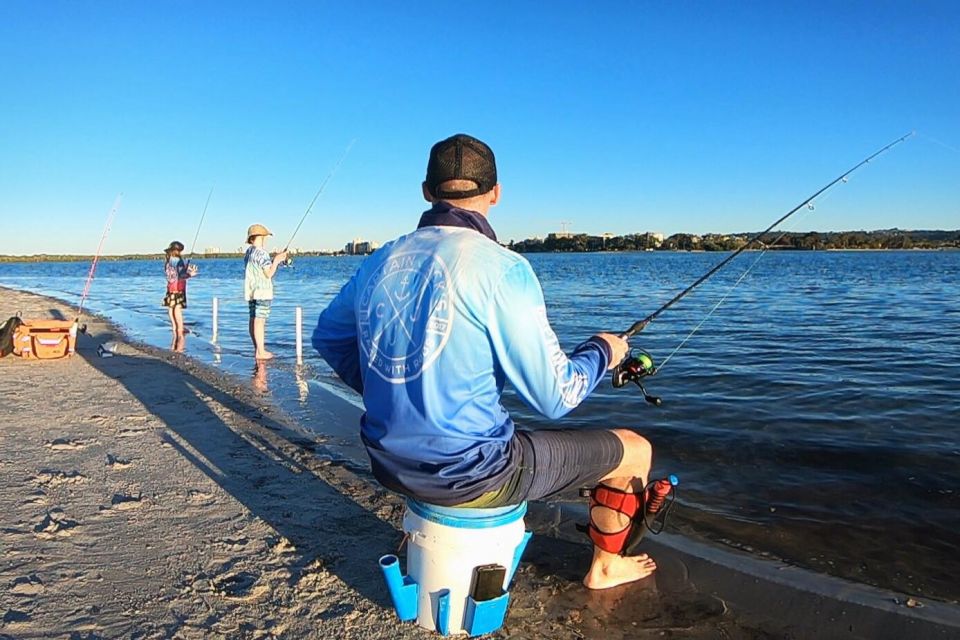
“Teach a kid to tie their own knots spend more time fishing yourself”
Firstly knowing the pros and cons of braid over mono or fluorocarbon as your main line will help. Here’s a quick overview form Wikipedia on the 2 different materials
The most common type of fishing line is monofilament, made of a single strand. Anglers often use monofilament because of its buoyant characteristics and its ability to stretch under load. The line stretch has advantages, such as dampening the force when setting the hook and when fighting strong fish. On very far distances the dampening may become a disadvantage. Recently, other alternatives to standard nylon monofilament lines have been introduced made of copolymers or fluorocarbon, or a combination of the two materials. Fluorocarbon fishing line is made of the fluoropolymer PVDF and it is valued for its refractive index, which is similar to that of water, making it less visible to fish.
Fluorocarbon is also a denser material, and therefore, is not nearly as buoyant as monofilament. Anglers often utilize fluorocarbon when they need their baits to stay closer to the bottom without the use of heavy sinkers. There are also braided fishing lines, cofilament and thermally fused lines, also known as ‘superlines’ for their small diameter, lack of stretch, and great strength relative to standard nylon monofilament lines.
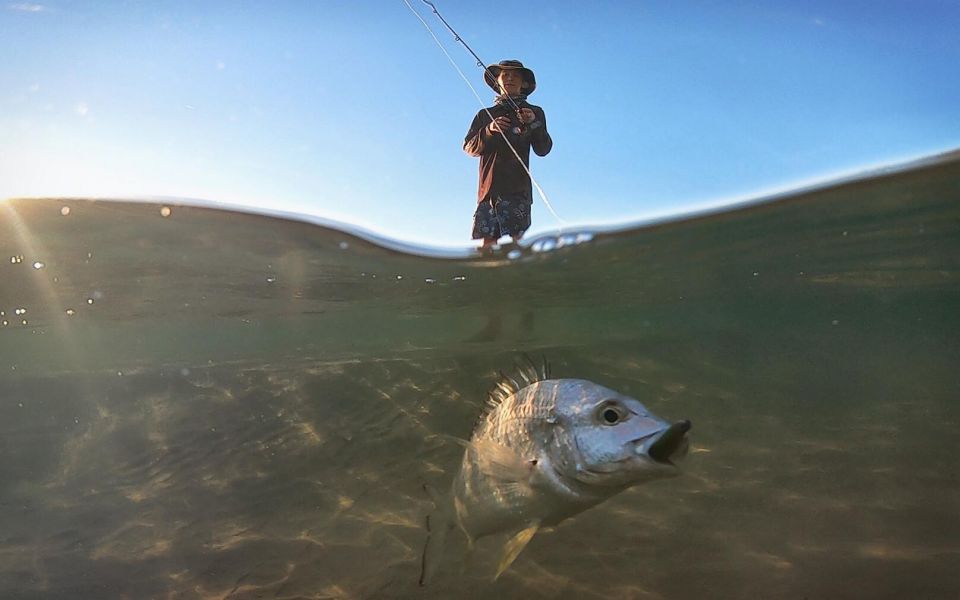
Braided fishing line
Overall, the biggest advantages with braid are its lack of stretch, which translates directly to increased sensitivity, as well as its finer diameter for the breaking strain so more line can fit onto the spool.
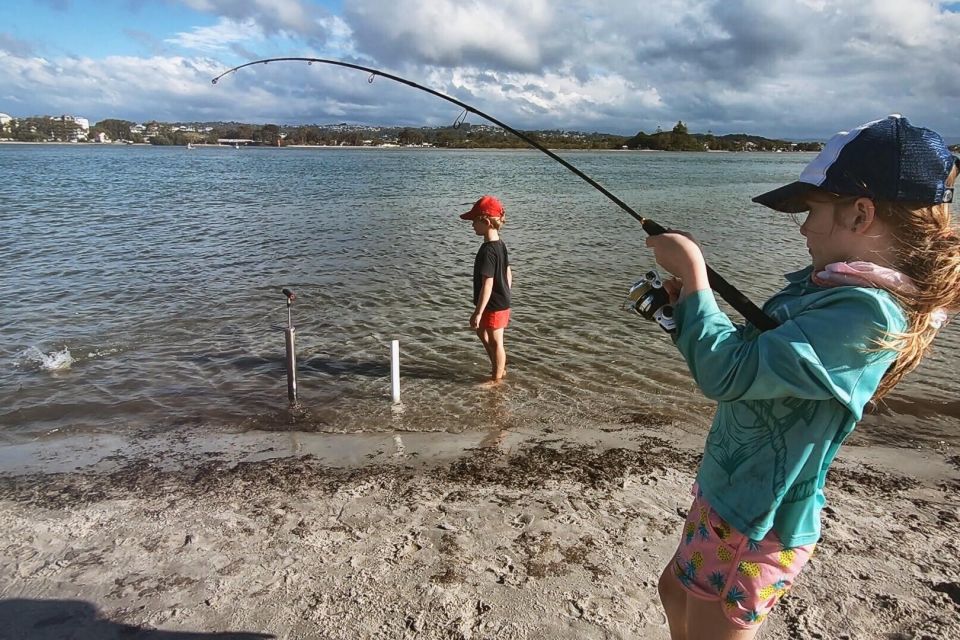
Fluorocarbon/ Monofilament fishing line
My suggestion for kids learning, who will inevitably snag, is to use Mono or fluorocarbon as it will be quicker to re-tie.
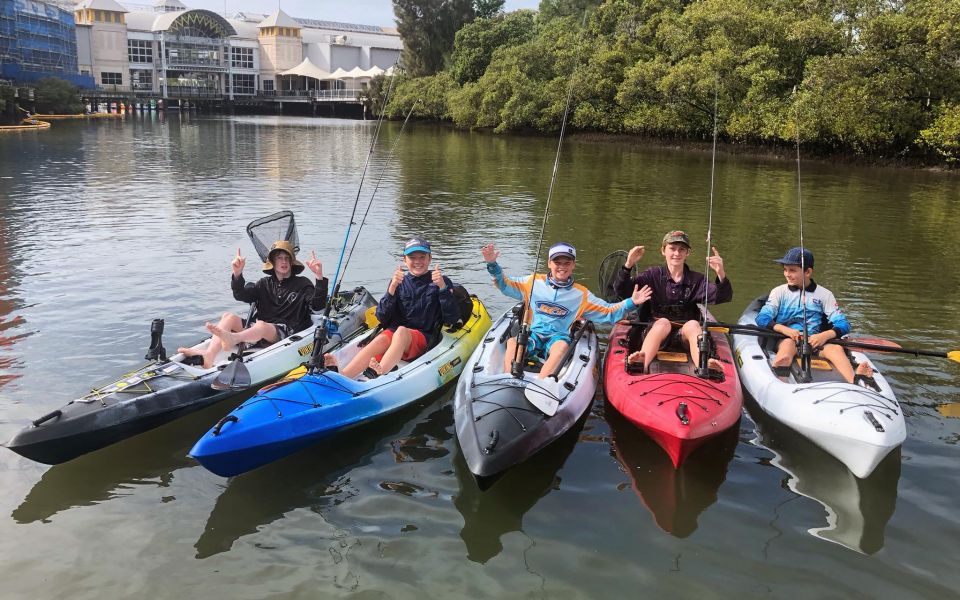
#farfromscreens
Terminal tackle knots
Uni Knot - Uni knot as shown below is my go to for tying straight to the hook, swivel or jig head, has excellent strength across all line diameters and is quick to tie.
Uni Knot Tying Instructions
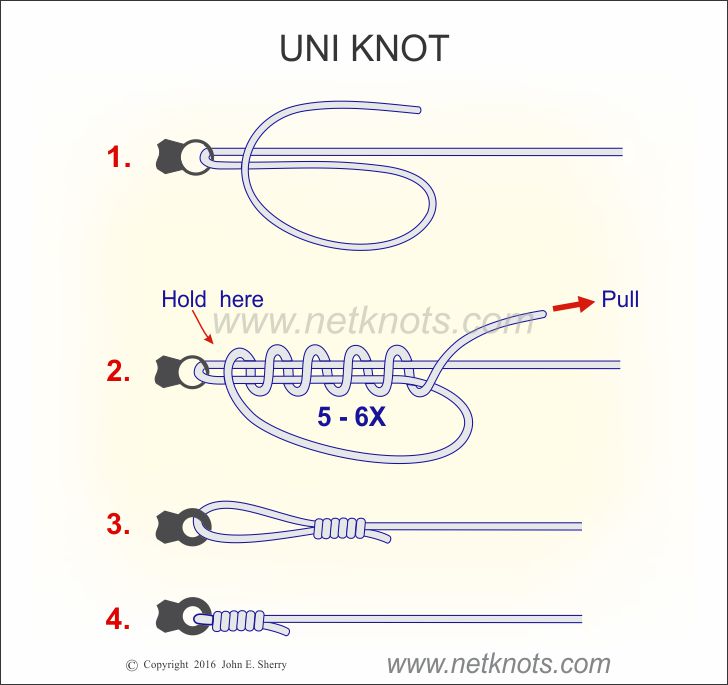

Non Slip Loop knot - As its name suggests it forms a non-slip loop at the end of a fishing line. The loop connection to a lure can give the lure more natural action.
Non-Slip Loop Knot Tying Instructions
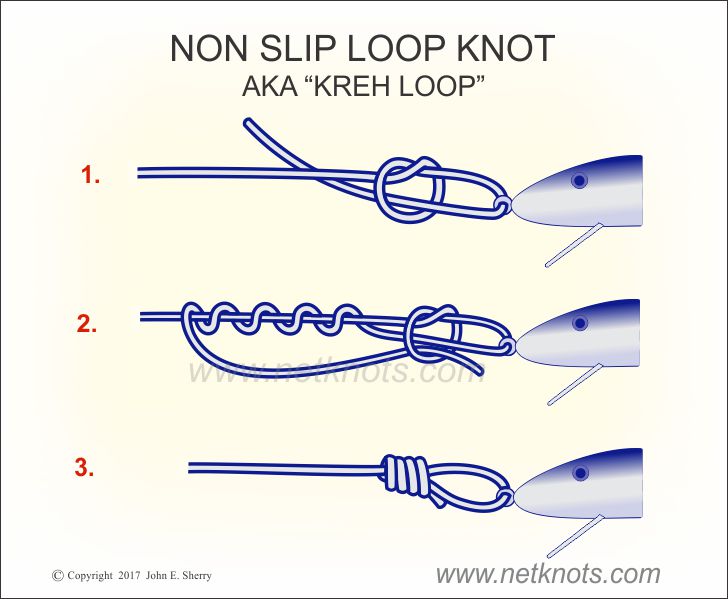

Braid to fluorocarbon knots
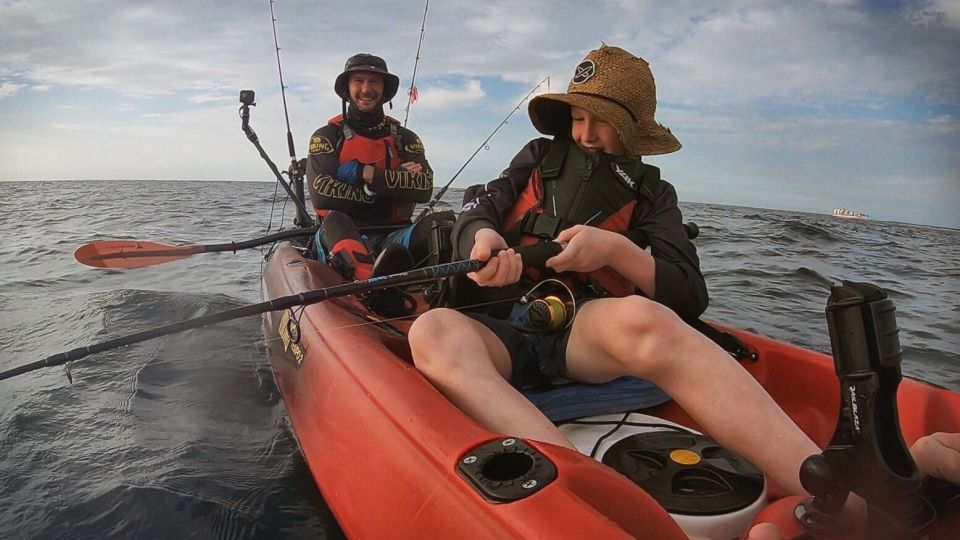
FG Knot and Uni Knot holding fast while Alexander wrestles his first Northern Bluefin Tuna
FG Knot
The FG Knot is my favourite for 20lb line and up, super strong and relatively easy to tie, but if you find this one harder to learn then start with the Slim Beauty below. It’s important to be aware when you’re targeting bigger fish that the FG is stronger .

Slim Beauty Knot
Great low profile when casting through smaller eyelets. This knot came out of the Key West area in the 1990’s as an innovative means of tying tippets or leaders to the main line. It has rapidly become a very popular knot due to its strength, low profile and the fact it is easy to learn.

Like more Trip Reports & Tackle Tips? Sign up to our Newsletter for regular updates HERE

